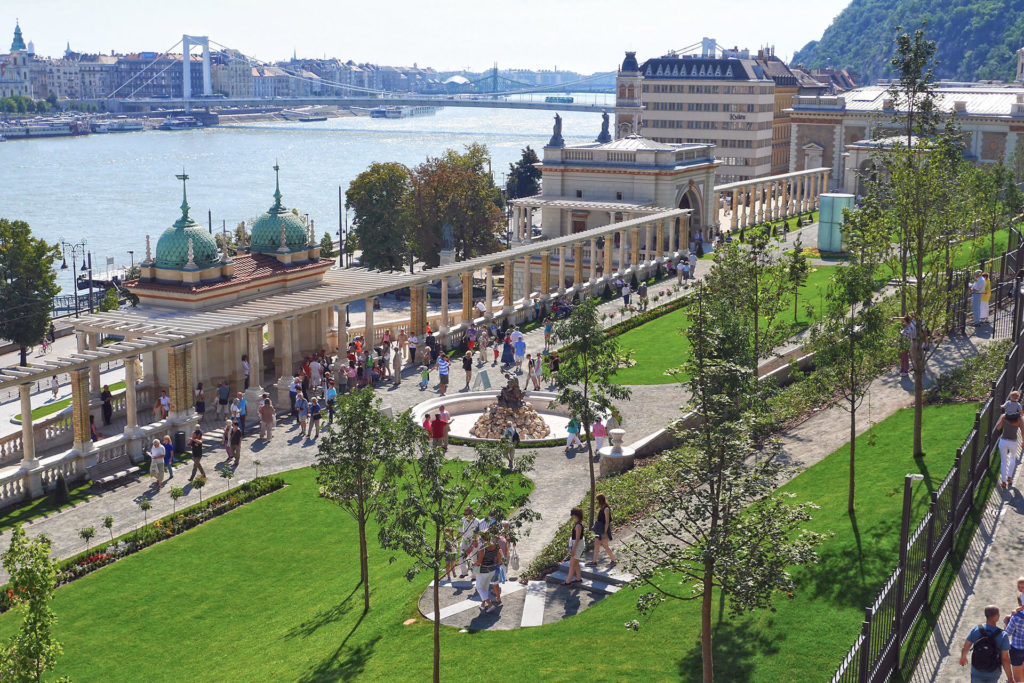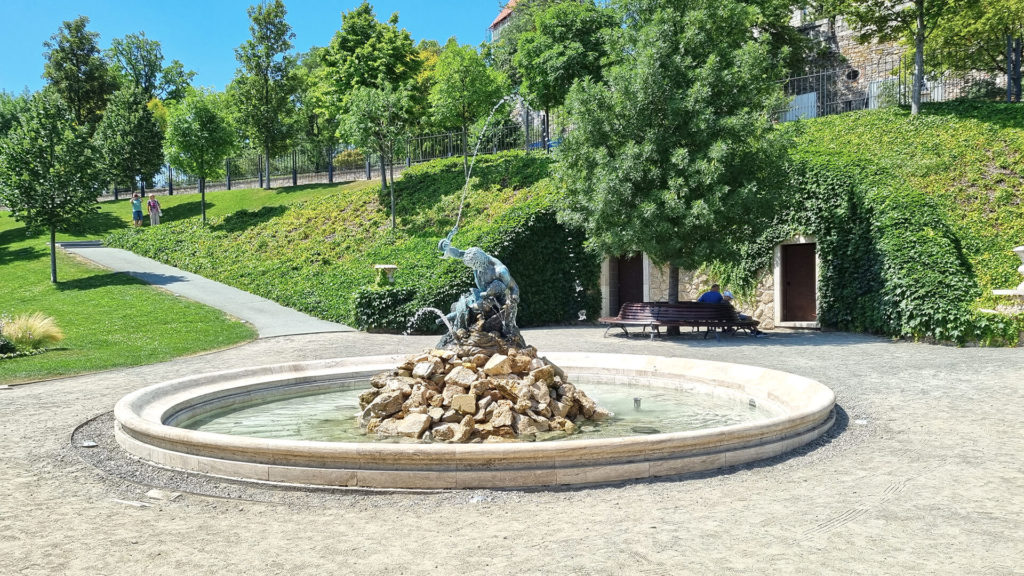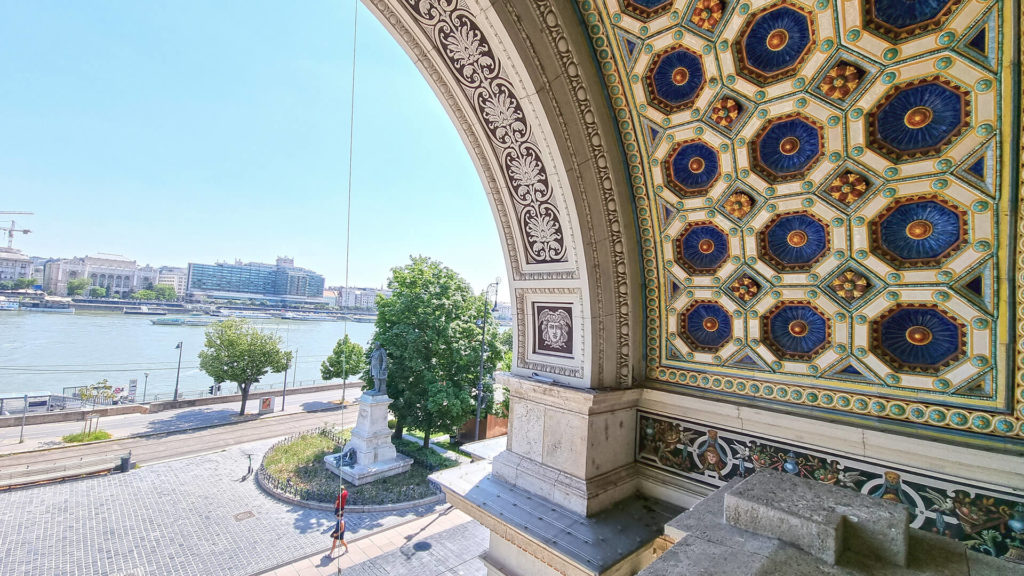Budapest Castle Bazaar and The Royal Gardens

- Address: Budapest, Ybl Miklós tér 2-6, 1013 Hungary
- Phone: http://www.varkertbazar.hu/
- Website: https://varkertbazar.hu/

History of the Castle Garden Bazaar
The Castle Garden Bazaar was once a bustling center of commerce and culture. In the middle of the complex, there used to be a six-meter-high arcaded row of shops, where various merchants sold their wares. On both sides of the shops, the royal guards and serving staff were housed in three residential buildings. Additionally, the complex accommodated the studios of some prominent artists. Leo Fessler and Adolf Huszar made their sculptures, while Mor Than and Robert Scholz painted their wall murals here.
However, the Castle Garden Bazaar started deteriorating at the beginning of the last century, and it was severely damaged during the Second World War. By 1996, it was already listed as one of the hundred most endangered national monuments of the world. Fortunately, the building complex was restored in the 21st century, preserving the façade designed by Miklos Ybl while restoring the new spaces in accordance with modern architectural plans.

Architecture of the Castle Garden Bazaar
The Castle Garden Bazaar is a fascinating example of 19th-century architecture, with a mixture of neo-Renaissance, Baroque, and Gothic elements. It is located beneath Buda Castle, on the banks of the Danube River, and provides spectacular views of the city. The restored building complex has a total area of 12,000 square meters, with over 50 shops, exhibition rooms, and performance halls.
One of the most interesting features of the Castle Garden Bazaar is the Water Carrier’s staircase, which connects the complex to the riverbank of the Danube. A moving pavement has been built next to the staircase, making it possible to walk around the palace. The northern row of shops has been converted into an area for commerce where visitors can purchase hungaricum products. The northern Guards’ Palace accommodates exhibition rooms and a performance hall, while the northern courtyard serves as a community space and a venue for open-air cultural events.
Attractions of the Castle Garden Bazaar
The Castle Garden Bazaar has a lot of attractions that visitors can explore. Among the most interesting are the royal gardens, created on the garden terrace of the complex. There are six different gardens, each with its own unique style. These include a Baroque garden, a Neo-Baroque garden, a Neo-Renaissance garden, an English landscape garden, an ecclesiastical symbol garden, and a secular garden.
The Baroque garden is characterized by its symmetrical layout, fountains, and sculptures. The Neo-Baroque garden has a more ornate style, with elaborate flower beds, statues, and fountains. The Neo-Renaissance garden is inspired by Italian Renaissance gardens, with geometric patterns, terraces, and water features. The English landscape garden has a more naturalistic style, with winding paths, trees, and shrubs. The ecclesiastical symbol garden has a religious theme, with statues and symbols of the Christian faith, while the secular garden has a more modern and minimalist style.
Apart from the gardens, visitors can also explore the various shops and exhibition rooms in the Castle Garden Bazaar. The shops offer a wide variety of products, including traditional Hungarian crafts, souvenirs, and food items. The exhibition rooms showcase the history and culture of Budapest, with displays of art, artifacts, and photographs.
